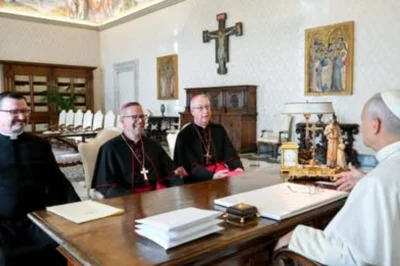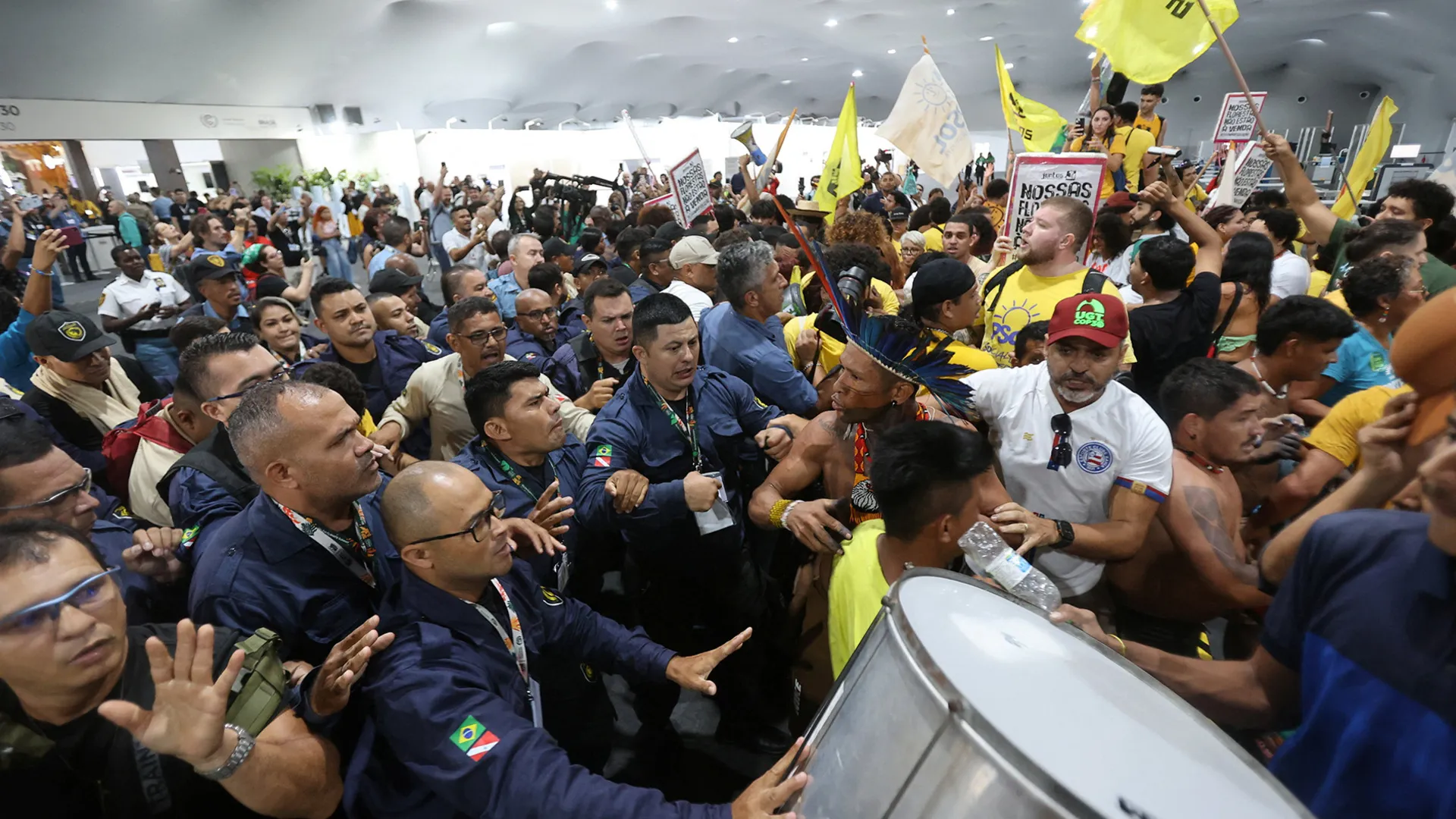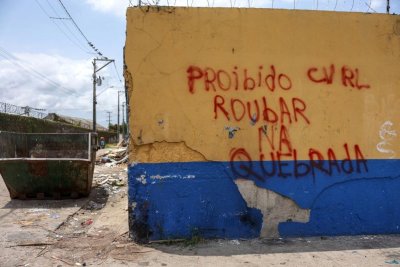Pope returns 62 Canadian Indigenous people’s artifacts after 100 years

Nov. 15 (UPI) — Pope Leo XIV on Saturday returned 62 Indigenous people’s artifacts held for more than 100 years by the Vatican to leaders of the Canadian Conference of Catholic Bishops.
The pope, meeting with the high clergy members in the Vatican, fulfilled a promise made by his predecessor, Pope Francis, who died on April 21.
The original inhabitants of Canada are the First Nations, Inuit and Metis, who comprise 1.8 million people, or 5% of the total population.
The CCCB said in a joint statement with the Vatican that it is “committed to ensuring that these artifacts are properly safeguarded, respected and preserved.”
In early December, after being packaged, they will be taken to the Canadian Museum of History in Gatineau, Quebec, where the museum curators will examine and catalog them before they are delivered to Indigenous groups across the country.
They will be returned to the National Indigenous Organizations, who “will then ensure that the artifacts are reunited with their communities of origin,” CCCB said in a news release
Leo XIV met with three members of the Canadian clergy — Bishop Pierre Goudreault, the CCCB president; Archbishop Richard Smith; and Father Jean Vezina, general secretary of the Canadian Conference of Catholic Bishops — according to the Vatican.
“The Holy Father’s gift is a tangible sign of his desire to help Canada’s Bishops walk alongside Indigenous Peoples in a spirit of reconciliation during the Jubilee Year of Hope and beyond,” Goudreault said.
“As CCCB President, I would like to thank the National Indigenous Organizations for their openness and collaboration in this work. I assure them of the Church’s unwavering commitment to reconciliation,” he added.
In the joint CCCB-Vatican statement, Holy See officials said that “His Holiness Pope Leo XIV desires that this gift represent a concrete sign of dialogue, respect and fraternity.”
“This is an act of ecclesial sharing, with which the Successor of Peter entrusts to the Church in Canada these artifacts, which bear witness to the history of the encounter between faith and the cultures of the indigenous peoples,” the Vatican said.
The artifacts were part of the Vatican Missionary Exhibition of 1925, encouraged by Pope Pius XI during the Holy Year “to bear witness to the faith and cultural richness of peoples,” according to the Vatican.
The artifacts were subsequently combined with those of the Church’s Lateran Ethnological Missionary Museum.
According to the Vatican, returning the artifacts “takes place amid the Jubilee of 2025, which celebrates hope, and the centenary of the Vatican Missionary Exhibition.”
Indigenous communities for years have been asking to have the items returned.
In spring 2022, community representatives visited the Vatican for meetings with Pope Francis before his trip to Canada in 2023, which included visiting the Vatican Museums and receiving a private tour of the collection.
“This is the Seventh Commandment: If you have stolen something, you must give it back,” Francis said at the time.
In 2024, then-Prime Minister Justin Trudeau met with Francis during the G-7 meeting in Italy and urged him to make good on returning the artifacts, which include an Inuvialuit kayak once used for beluga and whale hunts, according to Canada’s embassy.
“This is historic, something Indigenous communities have been asking for,” said Joyce Napier, Canadian ambassador to the Holy See.
“A big part of the mandate of the Canadian embassy to the Holy See, when I took on this job, was to advance reconciliation with Indigenous peoples. It was a priority for the government. Today’s announcement is a significant step towards reconciliation.”






